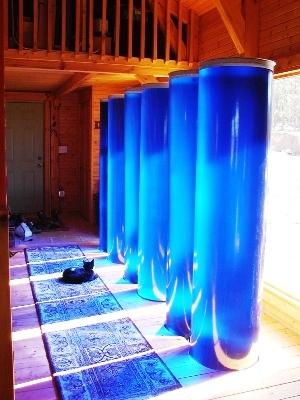
 1
1






 4
4




A human being should be able to change a diaper, plan an invasion, butcher a hog, conn a ship, design a building, write a sonnet, balance accounts, build a wall, set a bone, comfort the dying, take orders, give orders, cooperate, act alone, solve equations, analyze a new problem, pitch manure, program a computer, cook a tasty meal, fight efficiently, die gallantly. Specialization is for insects.
-Robert A. Heinlein
 2
2




Life on a farm is a school of patience; you can't hurry the crops or make an ox in two days.
Henri Alain
 1
1




Pecan Media: food forestry and forest garden ebooks
Now available: The Native Persimmon (centennial edition)
 2
2




A human being should be able to change a diaper, plan an invasion, butcher a hog, conn a ship, design a building, write a sonnet, balance accounts, build a wall, set a bone, comfort the dying, take orders, give orders, cooperate, act alone, solve equations, analyze a new problem, pitch manure, program a computer, cook a tasty meal, fight efficiently, die gallantly. Specialization is for insects.
-Robert A. Heinlein
 1
1










 1
1




Be the shenanigans
you want to see in the world.










 3
3




 1
1




 1
1




 4
4








 2
2




Graham Chiu wrote:I'd think it'll be easier to purchase evacuated solar tubes. Vacuum already established.
 1
1









| I agree. Here's the link: http://stoves2.com |







